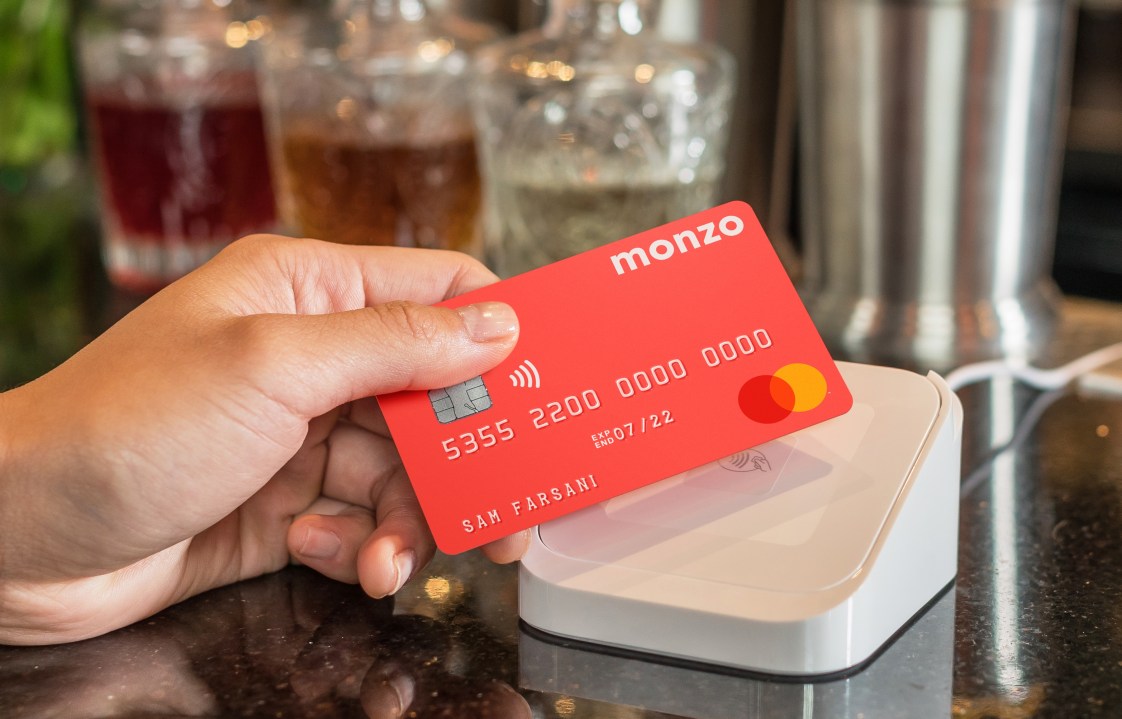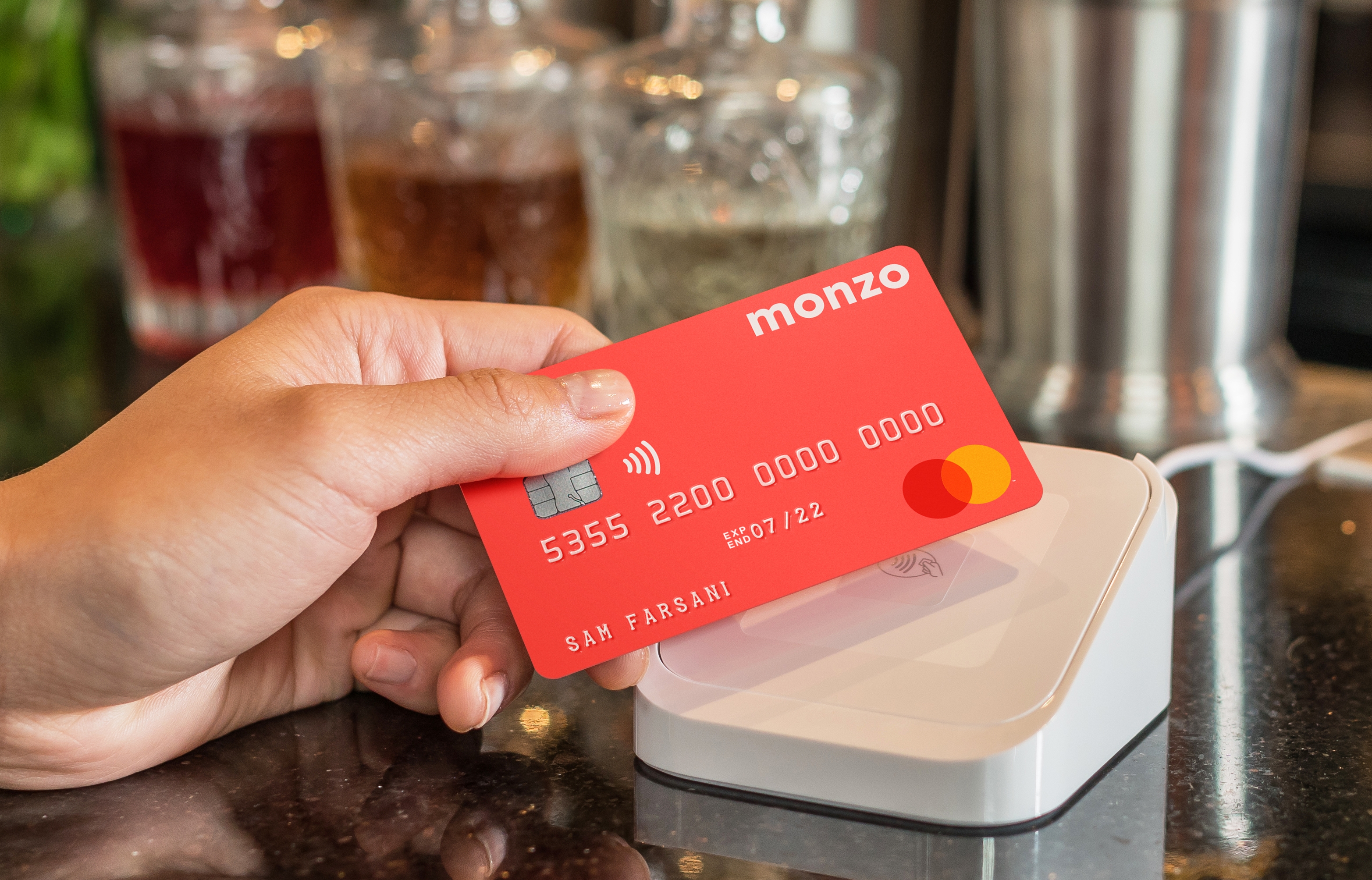Not so long ago Monzo could do no wrong. Its hot coral debit card made it a must have accessory for urban millennials and it quickly attracted millions of customers. But the golden child of UK Financial Technology (FinTech) has had a bruising year. Is it experiencing the kind of growing pains we should expect after such a meteoric rise? Or has this banking unicorn transformed into a lame donkey?
Having never turned a profit, Monzo now faces questions about its future direction; its annual report released in July really set alarm bells ringing. Amid the COVID-19 pandemic, its primary source of revenue – a 0.2 per cent interchange fee from customers using their cards has been dented, so much so that it stated that, “there are material uncertainties that cast significant doubt upon the Group’s ability to continue as a going concern.”
Challenger banks like Monzo are discovering that the likes of Halifax and NatWest just aren’t bad enough to drive their customers away
In an attempt to better monetise its customers, the brightest idea appears to be a steel debit card costing £15 a month. It comes with features like free travel insurance and discounted airport lounge access. But a bundled account stuffed with features you can’t really use is hardly impressive and smacks of desperation. The move into business banking – traditionally more lucrative than personal banking, should also have helped to fill Monzo’s coffers. However not offering Bounce Back loans – the kind of feature customers really care about, has put this on a rocky road. And expansion into the US appears to be at best, a long shot bet.
The latest current account switching data released two weeks ago didn’t make for better reading. Starling Bank, its fierce but smaller rival, had more net customer gains than Monzo – the first time this has happened. Monzo has millions of customers, many of whom rave about their experience, and yet not enough are willing to make Monzo their main current account provider.
Challenger banks like Monzo are discovering that the likes of Halifax and NatWest just aren’t bad enough to drive their customers away. In fact, with relatively easy to access payment holidays and streams of low rate Treasury-guaranteed Bounce Back loans to dispense, our large banks have acquitted themselves quite well. The pandemic has proven that while we may not love them, we do more or less trust them. And trust remains the commodity that is hardest to acquire.
FinTechs like Monzo have also tried to better monetise their customers by creating marketplaces for other products – and thereby earning commission. But this has proved to be much tougher than first imagined – and rightly so, because even the most loyal customer can smell a rat. The new generation of pay-to-play marketplaces may have slicker customer journeys than comparison websites, but the opaqueness around how partners are selected means that they’re unlikely to help a FinTech build trust anytime soon.
And yet by acquiring almost five million customers, Monzo has done something rather impressive – just ask Royal Bank of Scotland. Their own attempt to rival Monzo – Bó, was shut down in May. After spending a reported £100m on the project, it had attracted just eleven thousand customers. But the landscape has changed. The prospect of negative interest rates and the cost of operating accounts has forced HSBC, the sixth largest bank in the world, to contemplate charging UK customers for a current account. No longer are millions of unprofitable customers an asset.
While Monzo will probably survive, its path to profitability appears to be narrow. The effortless swagger that it worked so hard to cultivate has evaporated, and in the cold light of pandemic Britain, it’s been found wanting.







Comments